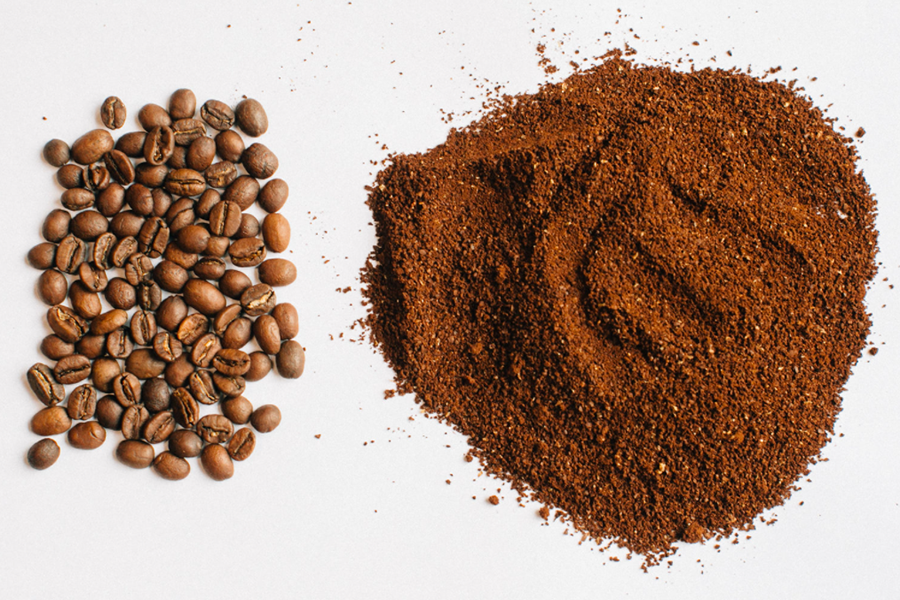coffee knowledge
How to Tell if Coffee Beans Are Stale
Any coffee aficionado will tell you that much of the enjoyment and appreciation for the beverage is derived largely from the flavourful tasting notes in each cup. This, of course, is entirely dependent on a number of factors such as the harvest method, processing, roasting, the very beans themselves, and you guessed it: how the coffee beans are stored.
Coffee beans can be stored in a variety of ways. After roasting, some distributors choose to place the beans in packaging that features a one-way-out valve, which releases gasses emitted from the roasted beans (sometimes referred to as “breathing”). Others may choose to keep the package airtight, as all coffee beans will start to oxidize once they become exposed to air.
Some storage methods offer notable advantages in terms of preserving the overall quality of the coffee beans compared with others. At the end of the day though, it is usually a combination of storage methods and time that will determine how quickly your coffee beans become stale.
So how do you know if coffee beans are stale?
Stale coffee beans are not necessarily indicative of coffee that has “expired”. The shelf life of unopened coffee beans is usually 6-9 months in dry storage and 2-3 years in the freezer. Despite their long shelf life, coffee beans can become stale long before they “expire” and these are some of the most common ways to tell.
Check the Roasting Date
The quickest way in determining whether coffee beans have gone stale or not is to reference the “roast date” on the package. Many coffee lovers consider the “sweet spot” for freshness to be between 3-30 days after roasting. While consuming coffee that has exceeded 4 weeks since its roasting date is fine, the beans by this point will have lost their essence of flavour, sweetness, floral notes, and more.
Even the most exquisite of coffee beans—expertly roasted—will essentially be no more distinguishable at this point than your generic, preground, store-bought coffee.
Indulge in the Aroma
Another way to tell whether coffee beans are stale is to quite simply smell them. Coffee beans that have not gone stale should have a wonderfully fragrant aroma within the first few seconds after being ground. On the other hand, stale coffee beans would typically have little to no noticeable aroma in this same process. Coffee beans that have little to no aroma also signal little to no flavour.
Look for Surface Oil
Both freshly roasted and stale coffee can have a sheen of oil on the surface. This is due to the flavour oils and lipids slowly rising to the beans’ surface during and shortly after roasting. As these oils evaporate, this is usually an indication that the “clock is ticking” and therefore the window of optimal freshness is fading.
Once all the oils have evaporated over time, the beans will no longer have any aroma and when ground and brewed, will most likely have a dry, bland, or even bitter taste. This is a solid indication the beans have gone stale.
Feel the Grinds
After grinding the beans, you can try rubbing the coffee between your fingers. You should be able to feel some moisture (oils) with fresher coffee beans. Stale coffee will feel grainy, dry, and not stick together at all, which is a good sign the coffee has exceeded its optimal freshness period.
Final Thoughts
The ability to truly experience and enjoy the aromatics and flavour of coffee is directly related to the time that has passed since the beans were roasted, the way in which they were stored, and their exposure to the air. For those seeking the most authentic coffee experience, these will be necessary factors to consider.
If you’re looking to replace stale coffee beans with something more fresh and flavourful, browse our unique selection of sustainably sourced and expertly roasted coffee beans and taste the world of difference.

